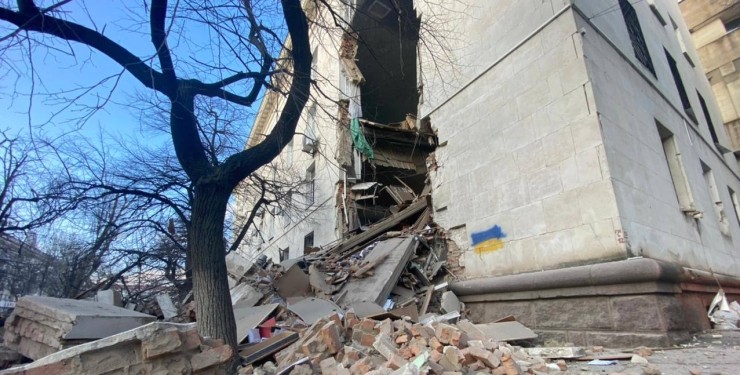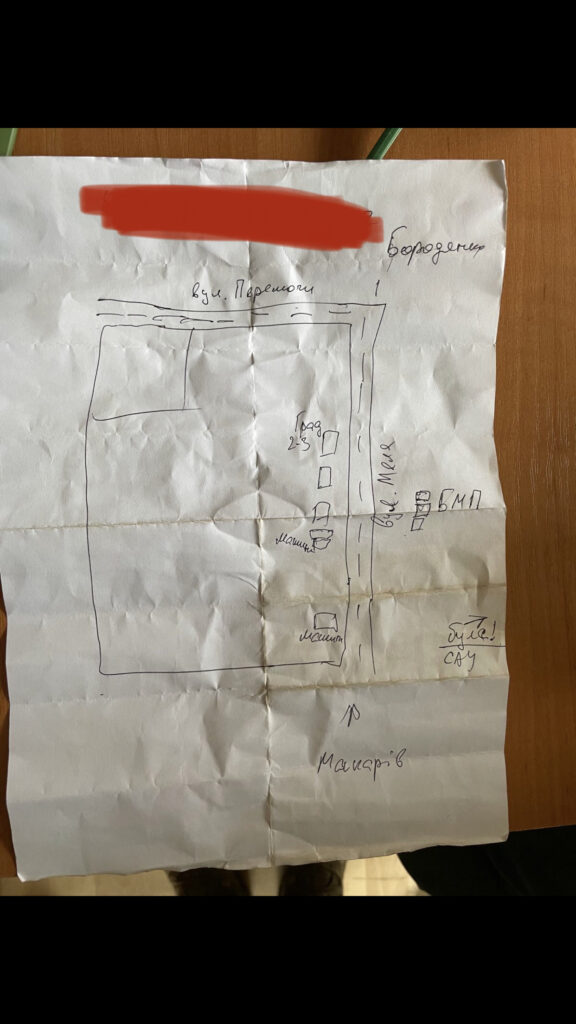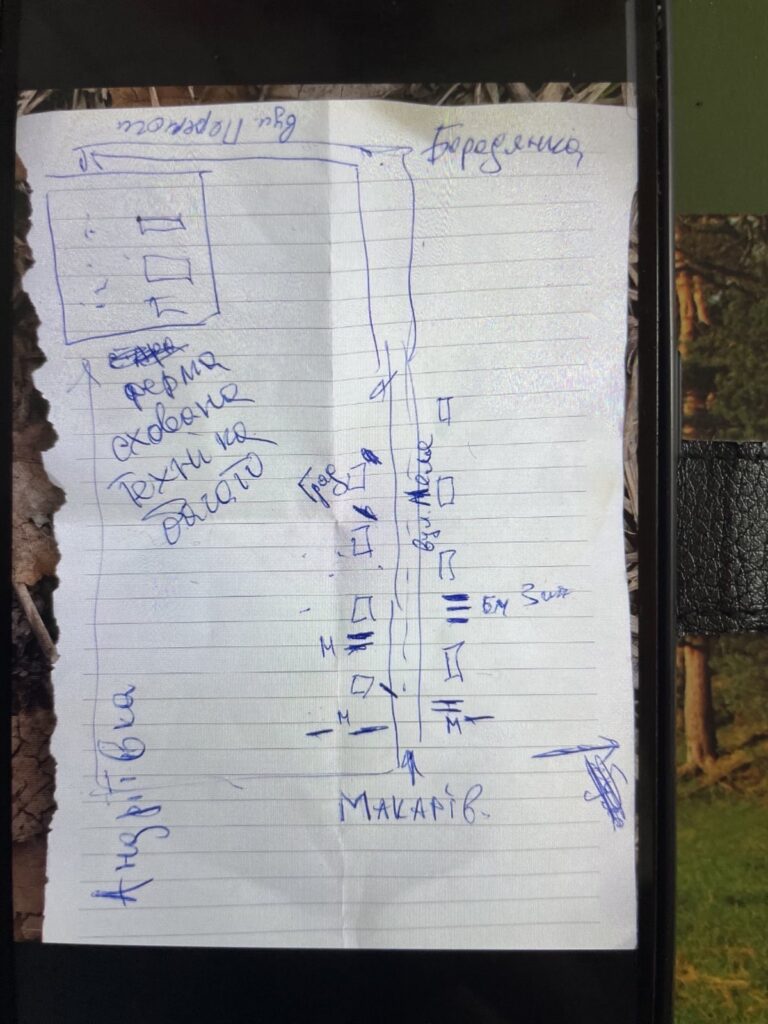
THE RUNDOWN
What are partisans? The term applies to the operational element of resistance movements not incorporated into regular armies. In occupied areas, civilians will take a multifaceted approach to disrupt occupying forces with the ultimate goal of slowing down or shifting the focus of the foreign army.
Ukrainian partisans began targeting Russian collaborators and the military within days of the full-scale invasion. Partisans conducted dozens of confirmed attacks across occupied Ukrainian territories. As of Nov 1st, 2022, they have assassinated at least 11 Russian occupation officials and influential collaborators.
In July 2021, Ukrainian President Volodymyr Zelenskyy signed into law the “Fundamentals of National Resistance,” Ordering Ukrainian Special Operations Forces to build resistance networks across the country in anticipation of the Russian military’s further encroachment of Ukrainian territory. Zelenskyy amended the law on the number of Ukraine’s armed forces, paving the way for developing territorial defense units. These measures were intended to train civilians and strengthen the country’s capability to counter threats.
Strike Source interviewed a member of the Ukrainian Special Forces to ask questions about the partisan movement.
How important has the local population been in gathering intelligence on Russian troop movement and numbers?
“I would say invaluable; in fact, it was the only information that we had at first. Routes, troop numbers, and equipment types were the information transmitted from the locals directly to the military. In the early days, even a mobile application and bots were created where people could send information.”
With the threat of a full-scale invasion looming over the country, was there a movement to set up partisans before the war began?
“At the state level, a law on the national resistance movement was passed six months before the full-scale invasion. They made it possible to train willing civilians in tactics, first aid, and fire training. Battlegroups actively prepared for the invasion in January. These same groups were among the first to take the fight at the Hostomel airport along with other units. As for the work in the occupied territories, we had to adapt to events and prepare people based on the situation.”
What effect does the Partisan movement have on the Russian military in occupied areas? Is the threat of the partisans so significant that Russia has to reallocate troops?
“According to the number of detention cells and mass executions discovered after the seizure of the occupied territories, it can be said with confidence that the occupiers tried hard to find partisans among the local population. Thousands of innocent civilians were killed with no results for Russia. “
“Returning to the first question, I can say that the partisans are the eyes and ears of our forces in the occupied territories. The range of their activities is not limited to the collection of information—penetration into enemy ranks with carefully crafted legends. Leaking false information to Russian forces, taking photos and recording videos of war crimes, physical elimination of collaborators, and sabotage are not a complete list.”

“At the very beginning of a full-scale invasion in Chernigov, Sumy, and the Kyiv region, thanks to such people, kilometer-long columns of the enemy were destroyed. As soon as they stopped for refueling or overnight, we already had information about where they stopped, and our artillery completed the work.”
Are there any partisan actions in particular that stand out to you?
“In the Kyiv region, one of the locals discovered the route along which fuel tankers were moving, as well as trucks with charges for rocket launchers. He worked out the path himself and asked for help from two experienced sappers. This route was deep behind enemy lines, and the group moved at night, conducting mining operations. Six fuel tankers and two trucks with shells were destroyed two days later.”

“This was a tangible loss, considering the nature of offensive actions and the extended supply lines. I also cannot help but recall the heroic deed of a serviceman Vitaly Skakun who sacrificed himself and blew up a bridge in the Genichesk region along with a column of enemy tanks in the Kherson region.”
THE TAKEAWAY
Partisans have a long history of preventing or delaying occupying forces from achieving their goals, and we will continue to see this unfold in Ukraine. As Russian forces lay siege to other cities, partisans will continue providing valuable intelligence to the Ukrainian military. Should Russian forces seize more Ukrainian territory, we will see more sabotage and assassinations by partisans.
